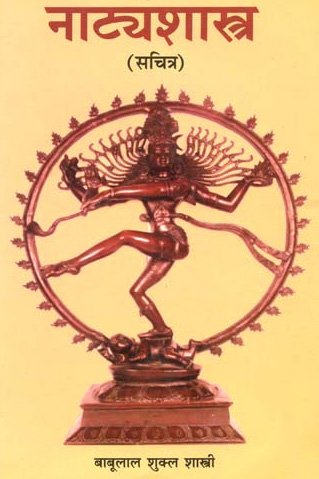Simhalekha, Simha-lekha, Siṃhalekha: 1 definition
Introduction:
Simhalekha means something in Hinduism, Sanskrit. If you want to know the exact meaning, history, etymology or English translation of this term then check out the descriptions on this page. Add your comment or reference to a book if you want to contribute to this summary article.
In Hinduism
Natyashastra (theatrics and dramaturgy)
Source: Wisdom Library: Nāṭya-śāstraSiṃhalekha (सिंहलेख) is another name for Siṃhalīla, which refers to a type of syllabic metre (vṛtta), according to the Nāṭyaśāstra chapter 16. In this metre, the first, the third, the fifth, the seventh and the eight syllables of a foot (pāda) are heavy (guru), while the rest of the syllables are light (laghu).
⎼⏑⎼¦⏑⎼⏑¦⎼⎼¦¦⎼⏑⎼¦⏑⎼⏑¦⎼⎼¦¦
⎼⏑⎼¦⏑⎼⏑¦⎼⎼¦¦⎼⏑⎼¦⏑⎼⏑¦⎼⎼¦¦
Siṃhalekha falls in the Anuṣṭup (Anuṣṭubh) class of chandas (rhythm-type), which implies that verses constructed with this metre have four pādas (‘foot’ or ‘quarter-verse’) containing eight syllables each.

Natyashastra (नाट्यशास्त्र, nāṭyaśāstra) refers to both the ancient Indian tradition (shastra) of performing arts, (natya—theatrics, drama, dance, music), as well as the name of a Sanskrit work dealing with these subjects. It also teaches the rules for composing Dramatic plays (nataka), construction and performance of Theater, and Poetic works (kavya).
See also (Relevant definitions)
Partial matches: Lekha, Simha.
Full-text: Simhalila.
Relevant text
Search found 2 books and stories containing Simhalekha, Simha-lekha, Siṃhalekha, Siṃha-lekha; (plurals include: Simhalekhas, lekhas, Siṃhalekhas). You can also click to the full overview containing English textual excerpts. Below are direct links for the most relevant articles:
Dramaturgy in the Venisamhara (by Debi Prasad Namasudra)
Vṛttas (syllabic metres) < [Chapter 4 - Dramaturgy in Veṇīsaṃhāra]
Natyashastra (English) (by Bharata-muni)